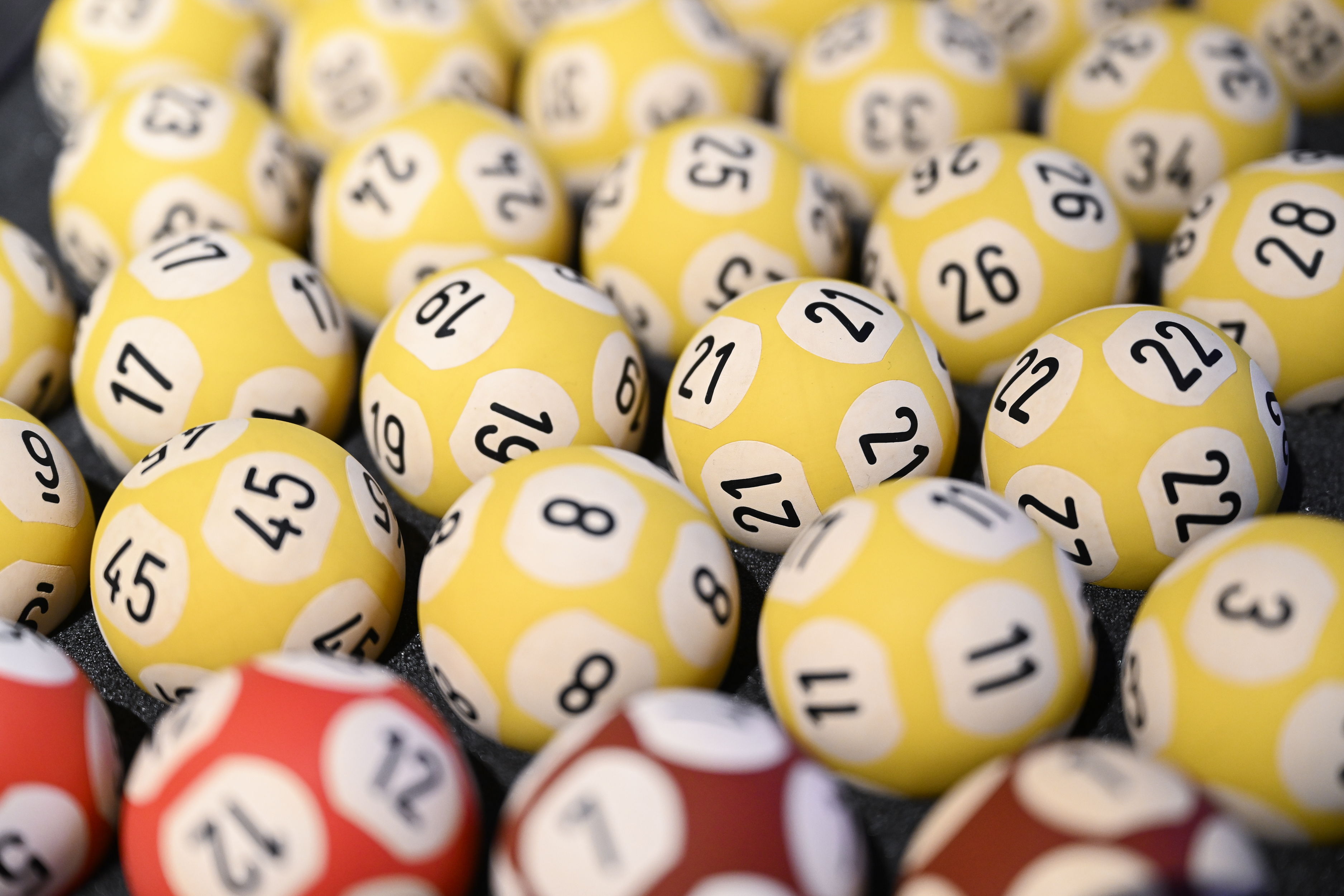Unique visit - Lottery Museum: from colonial to National Lottery, from archive to art collection

Anyone thinking of Belgium's National Lottery immediately makes a link with Lotto and other games of chance. But there is more behind this name, namely a museum with a remarkable art collection.
To understand the contemporary activities of the National Lottery of Belgium and its museum, we must go back to 1934. That was the year when the Colonial Lottery was established to raise money for the ailing Belgian Congo. The first draw took place on 18 October, at the Royal Circus in Brussels. Until 1960, part of the proceeds were allocated by law to the colony of Congo. However, Congo's unexpected independence on 30 June 1960 ushered in a new era.
After a brief existence as the African Lottery, the National Lottery was established in late 1962. This was followed on 4 February 1978 by the launch of Lotto, a game that became popular in several places in Europe around that time, albeit with minor variations. For instance, in Belgium and the Netherlands, participants can tick six numbers from 1 to 45. In Germany, there are 49.
Start of art
From the 1990s, Belgium's National Lottery dramatically expanded the number of games and its art collection. This collection is strongly linked to its identity and activity and was built in 1992. So today, at the Lottery Museum, you can admire a collection of lottery tickets and posters and the material used for the draws. But fortunately, the collection also goes beyond that.
The creation of the National Lottery of Belgium's collection and its museum is a child of its time. In the aftermath of Expo 58 in Brussels, cultural initiatives arose in all kinds of institutions, especially banks and large companies, which often too had an art collection. These collections served more than decorating boardrooms. They were displayed for prestige. This also allowed the public to get to know the varied collections.
Gambling art
Since gambling is of all times, it has also had an impact on art. This art in particular caught the attention of the National Lottery of Belgium. There are numerous Flemish works from the late Middle Ages and the Renaissance that depict gamblers or people playing for money. Some of these works are on display at the museum.
Elsewhere in Europe and far beyond, the National Lottery also went in search of art that matched its aspirations. It did so with the help of ssearched forhe museums and the academic world, who visited auctions, art shops and fairs to pick up relevant work. This partly explains the presence of exceptional pieces in different techniques and periods.
Those wishing to admire the collection of the National Lottery of Belgium can visit the Lottery Museum at Rue Belliard 25-33 in Brussels. For more info on the museum, visit https://www.loterijmuseum.be/.
Disclaimer: During the Christmas holidays, Belga is putting the spotlight on locations with exceptional collections under the heading 'unique visit'.
(AHU)
© BELGA PHOTO Laurie Dieffembacq